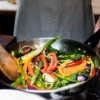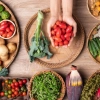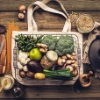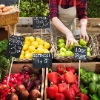Saving water in the kitchen
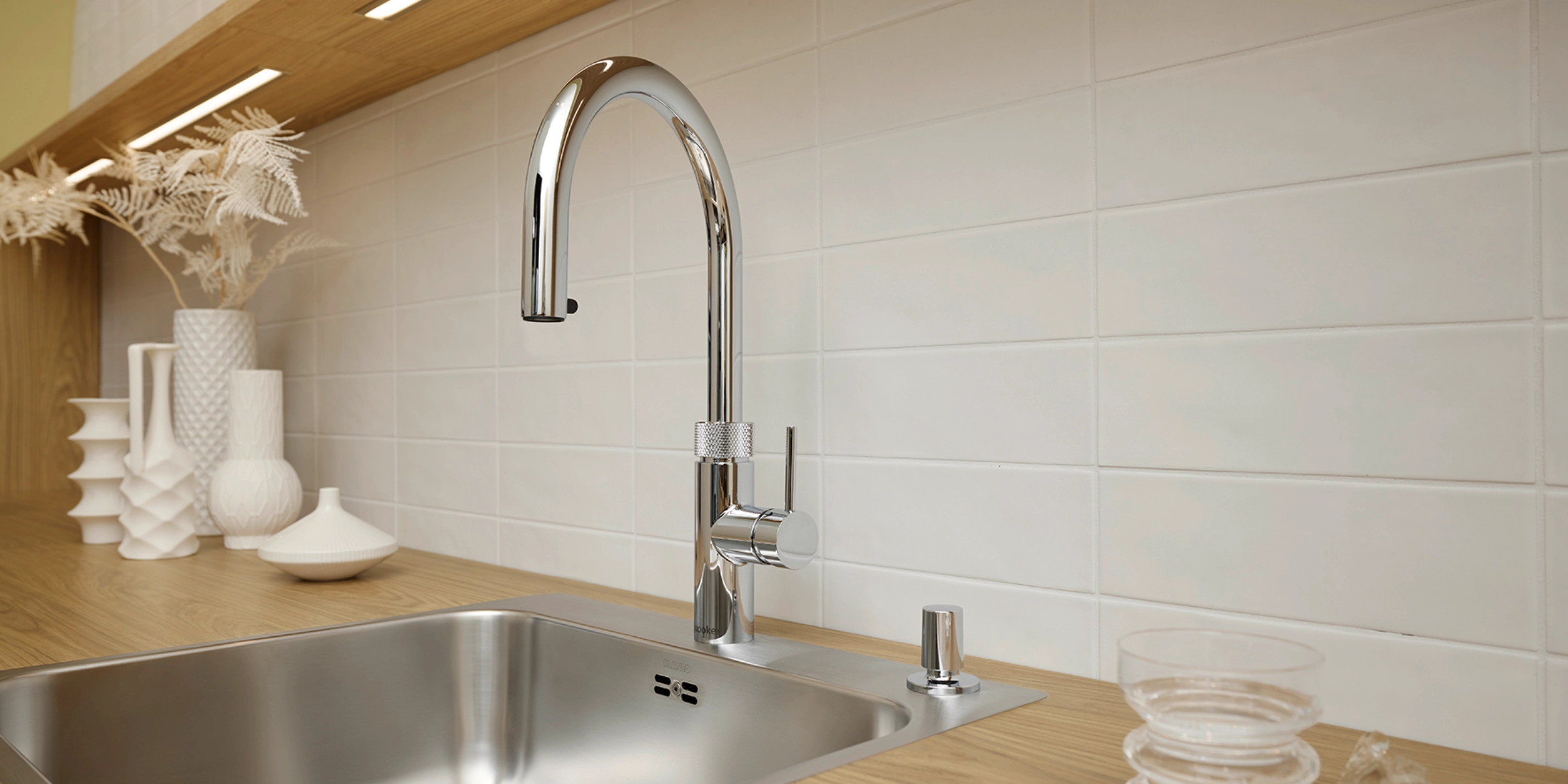
Did you know that daily water consumption per person in Germany is about 123 liters? Only the smallest part of that is used for drinking. Water is a valuable resource that unfortunately is often wasted. Water consumption is especially high in the kitchen, as we carry out many daily activities that require water. There are several methods that make saving water in the kitchen easier. In this post, we will share the most important tips for saving water in the kitchen and show you how you can achieve great results even with simple measures.
Why is saving water so important?
Only 2.5 % of the world's water reserves consist of freshwater, of which humans have access to just 0.3 %. Due to climate change, dry and hot summers with little precipitation cause groundwater levels to drop, resulting in plant die-off and poor soil quality.
At the same time, the demand for drinking water is increasing. In many countries, numerous people have no access to clean drinking water because it is contaminated by bacteria and would first have to undergo costly purification in treatment plants. Each person in Germany consumes approximately 123 liters of water daily, with drinking water accounting for the smallest portion. Therefore, saving water is tremendously important.
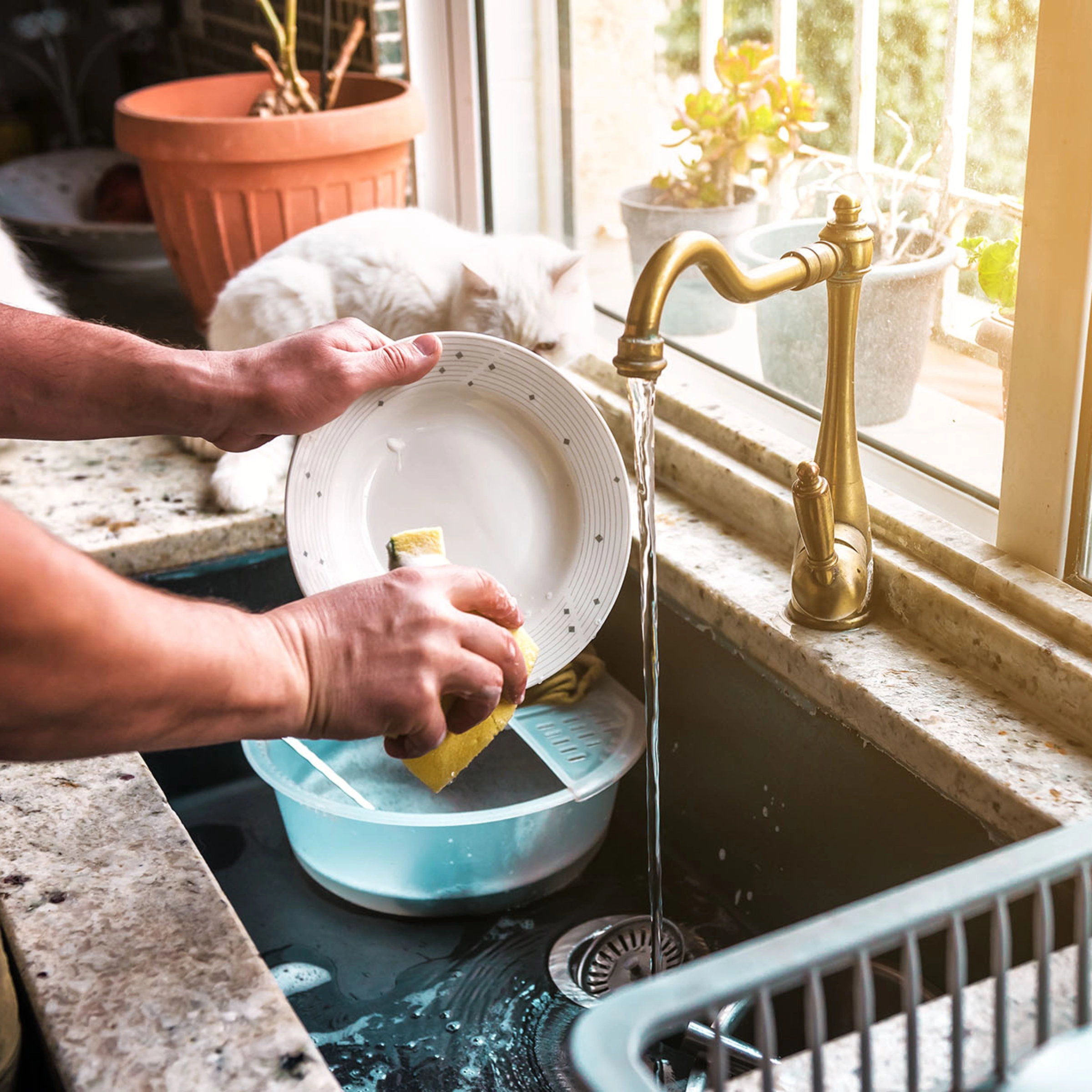
The impact of water wastage on the environment
Water wastage has a significant impact on the environment. Thus, water wastage can lead to difficulties for plants and animals dependent on water to meet their needs. Consequently, wasting water may result in certain animal and plant species becoming extinct or being forced to leave their habitats due to water scarcity or contamination.
When water is wasted in agriculture, it can lead to soil over-fertilisation, which in turn can result in groundwater pollution. Furthermore, the extraction of water from rivers or lakes for industrial purposes can also have negative effects on wildlife.
In addition, the generation, heating, and distribution of water require a lot of energy — especially when the water is pumped from distant sources. Water wastage demands additional energy to treat the wasted water or to reclaim it. This can lead to higher energy costs and an increased CO2 footprint.

Economic benefits of saving water
There are numerous economic benefits to saving water, both for individuals, companies, and society as a whole.
The 5 most important economic benefits of saving water are:
- Cost savings: If you use less water, you can also lower your water bills. This is especially true in regions with high water prices.
- Energy savings: Saving water can also lead to savings in energy costs. For example, if you use less hot water, you also need less energy to heat the water.
- Saving water can also lead to lower repair costs. If you use less water, you also reduce the risk of leaks or other water damage in your home.
- Water-saving fixtures can also increase the value of your property. Investing in water-efficient equipment can appeal to potential buyers or tenants and increase the value of your property.
- In some regions, there are also tax incentives for water conservation measures. These can range from reductions in water costs to tax credits for purchasing water-saving devices.
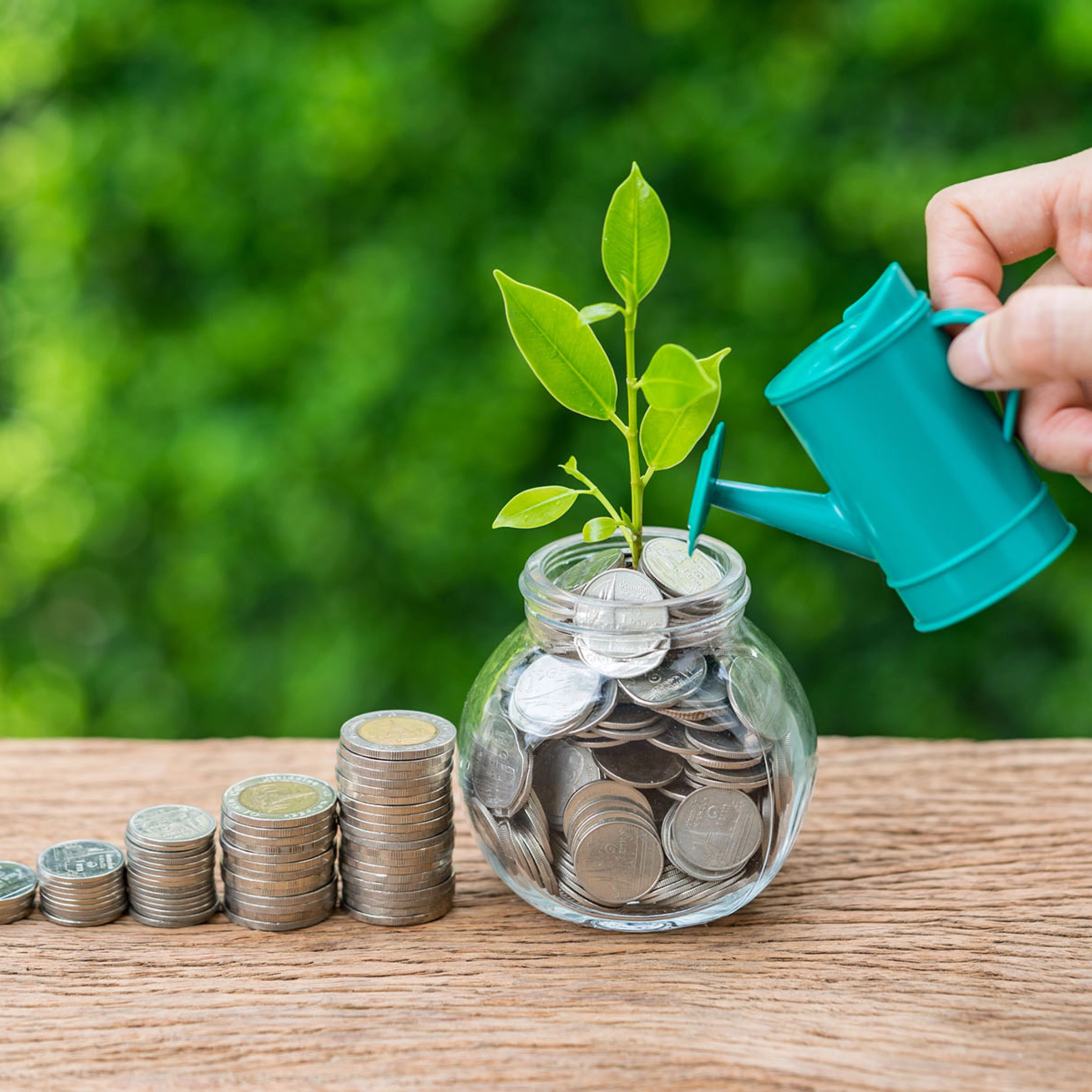
Saving water in the kitchen: Simple tips for everyday life
We show you the most important tips on how to save water when shopping, cooking, and washing up, thus making your kitchen more sustainable.
Saving water in the kitchen already starts with shopping
The production of food generally requires a considerable amount of water. However, some foods require more water than others.
These 5 foods require a large amount of water during their production:
- Meat (especially beef)
- Milk and dairy products
- Rice
- Avocados
- Almonds
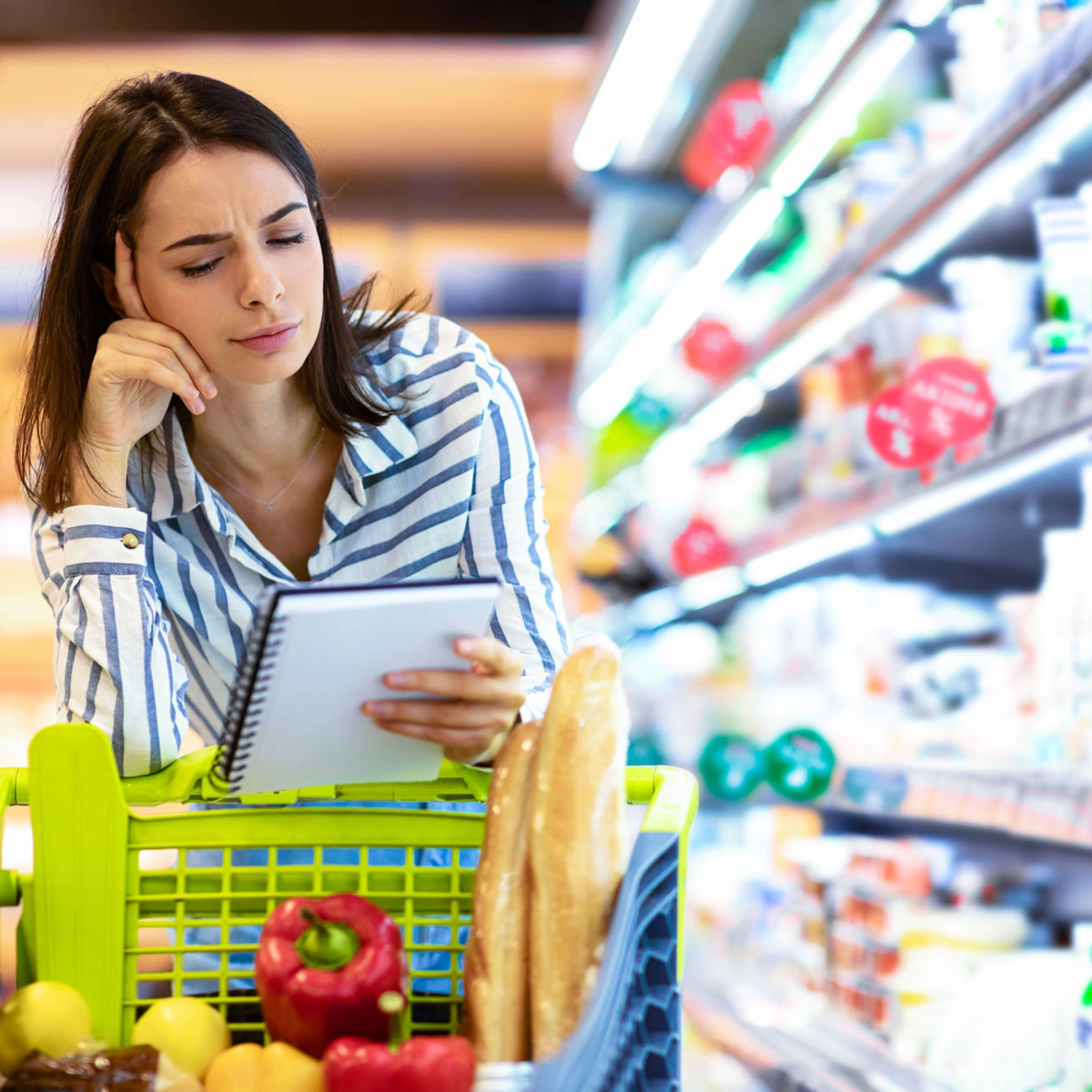
These 5 foods consume comparatively little water during their production:
- Legumes
- Potatoes
- Kale
- Zucchini
- Mushrooms
Of course, the actual amount of water required for food production varies according to growing conditions and production methods.
If you prefer seasonal and regional foods, you are generally on the right track. Organic foods in particular are always a good choice. This Saisonkalender helps you create your shopping list.
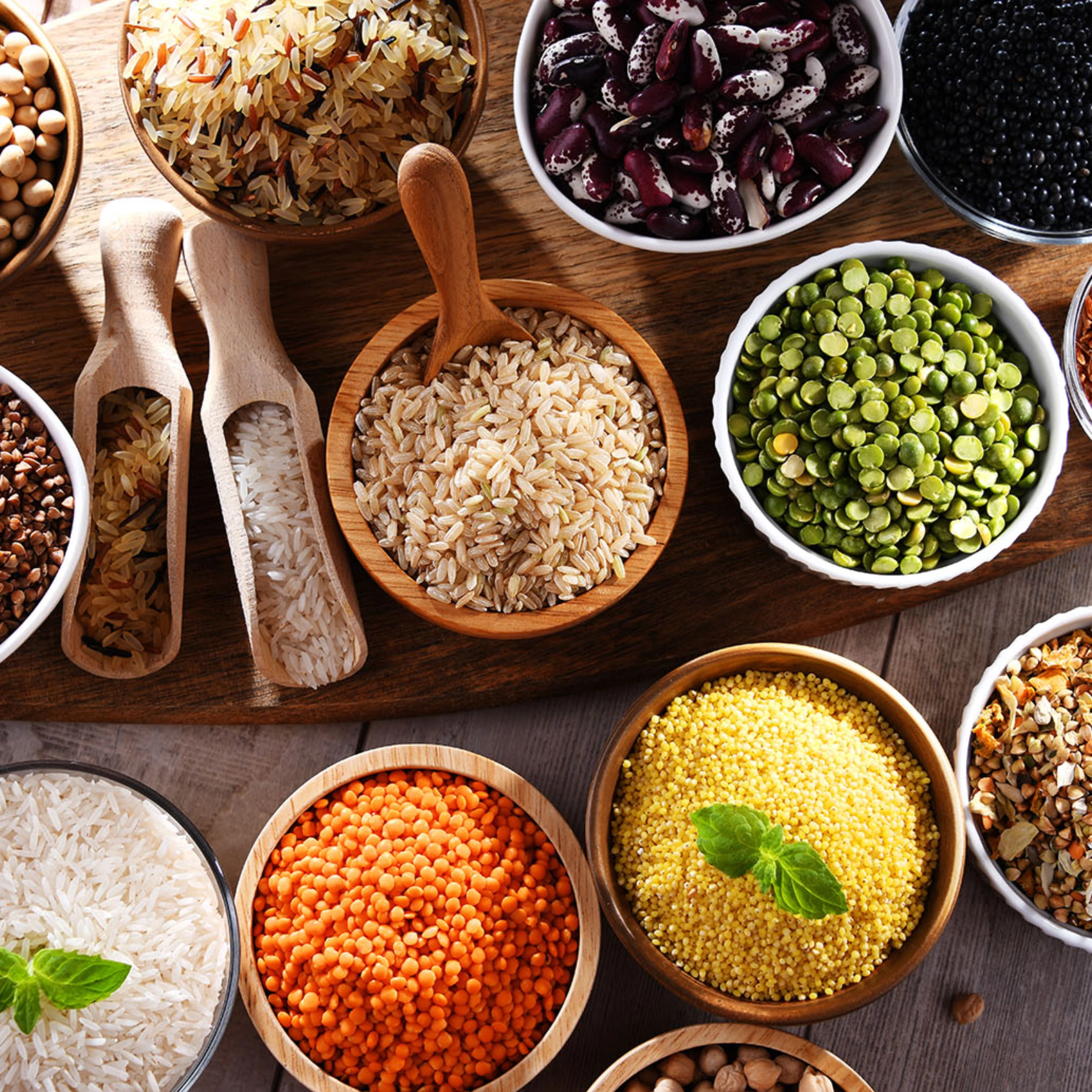
Save water in the kitchen when cooking
Considerable amounts of water can be saved during cooking itself. The following tips will help you save water:
- Choose the pot size according to the quantity you intend to cook. With a large pot, the surface area to heat is greater. More water condenses on the surface and is inefficiently released when left uncovered.
- Cook in advance: this does not only save energy, water and reduces the amount of washing-up, but also saves time.
- Use properly fitting lids and don't leave pots uncovered while cooking. This saves water and energy. Read more on the subject of "Energiesparen beim Kochen" in diesem Beitrag.
- The cooking water from vegetables can be excellently used as the base for soups and sauces.
- Steam cooking is a good solution to save water in the household. Read more on the subject of "Nachhaltig Kochen" in this Beitrag.
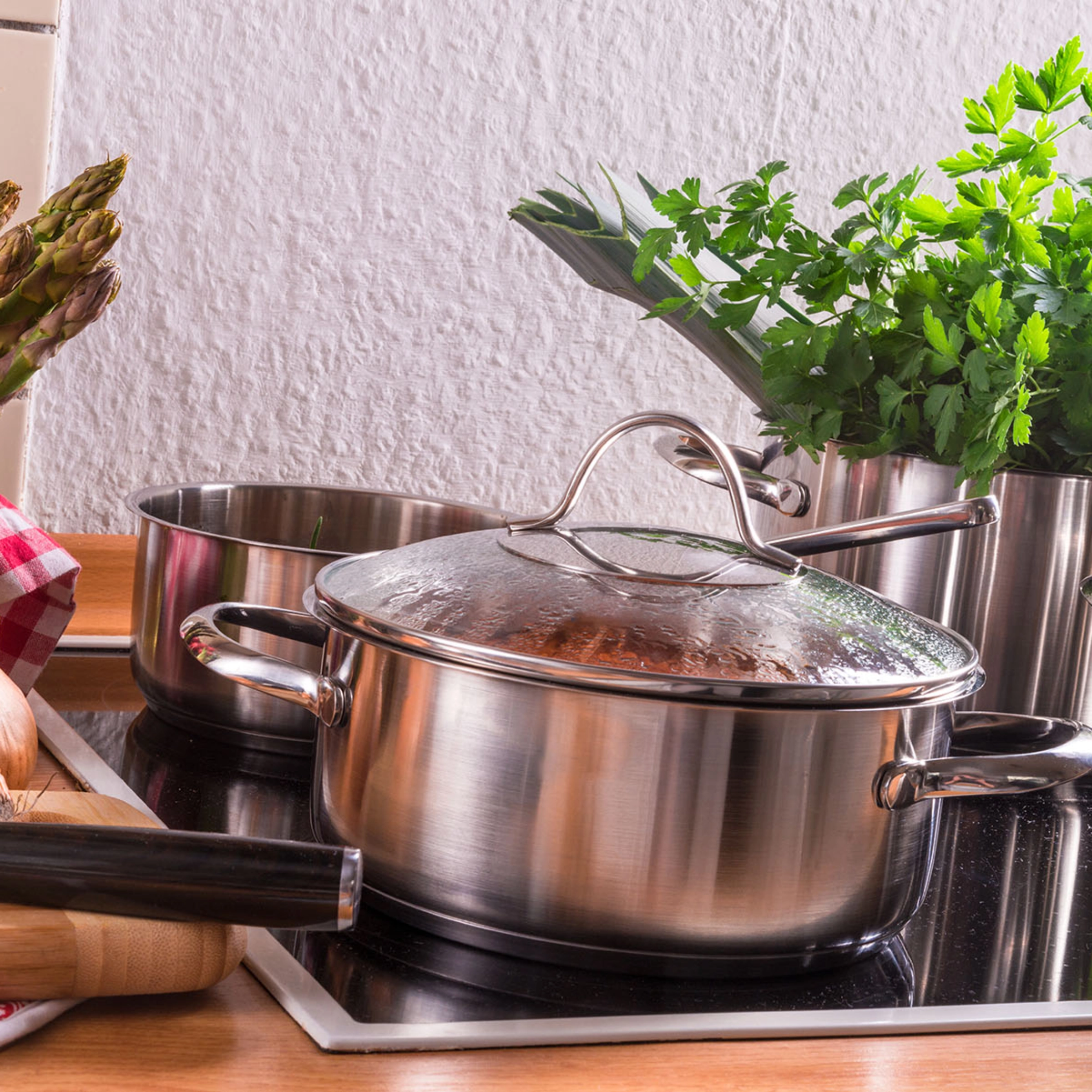
Saving water in the kitchen: Washing dishes
With the following tips you can save water when washing dishes:
- Soak the used dishes beforehand. This way, you can reuse the water in the sink or bowl multiple times and thus save water.
- Dishwashers generally use less water than washing by hand.
- If you wash dishes by hand, make sure the water does not run continuously.
- Use a dish brush or sponge to pre-clean dishes instead of rinsing them under running water.
- Use environmentally friendly detergents that require less water for rinsing.
- No unnecessary washing cycles! Ensure you always have a fully loaded dishwasher or sink before washing or operating the dishwasher.
- Use economy, short, and eco programs as needed.
Further measures for saving water in the kitchen
Renewable technologies for the kitchen
Here are the 5 most important renewable technologies for the kitchen:
- Solar cookers: Solar cookers use the energy of the sun to cook food.
- Induction hobs: Induction hobs use magnetism to generate heat instead of heating via open flames or hot plates like conventional stoves.
- Biomass stoves: Biomass stoves use organic materials such as wood, corn cobs and plant waste as fuel.
- Heat pump water heaters: Heat pump water heaters use ambient heat to heat water.
- Photovoltaic systems: Photovoltaic systems use sunlight to generate electrical energy.
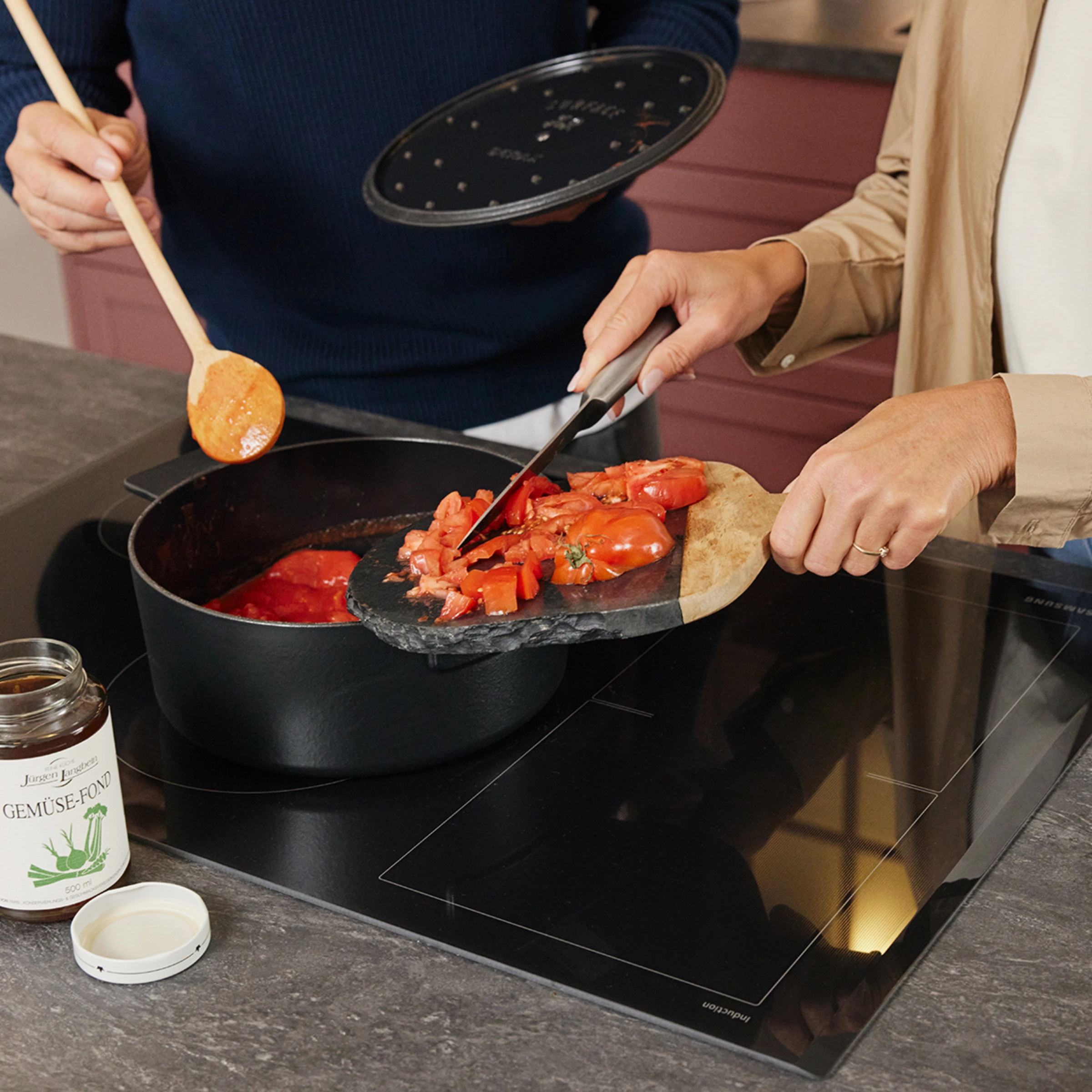
Save water in the kitchen by using faucet attachments
By using faucet attachments, you can reduce water consumption in the kitchen, thus contributing to environmental protection and saving money. The most common variants are:
- Jet regulator
- Aerator
- Flow limiter
- Sensor faucet
- Foot pedal faucet
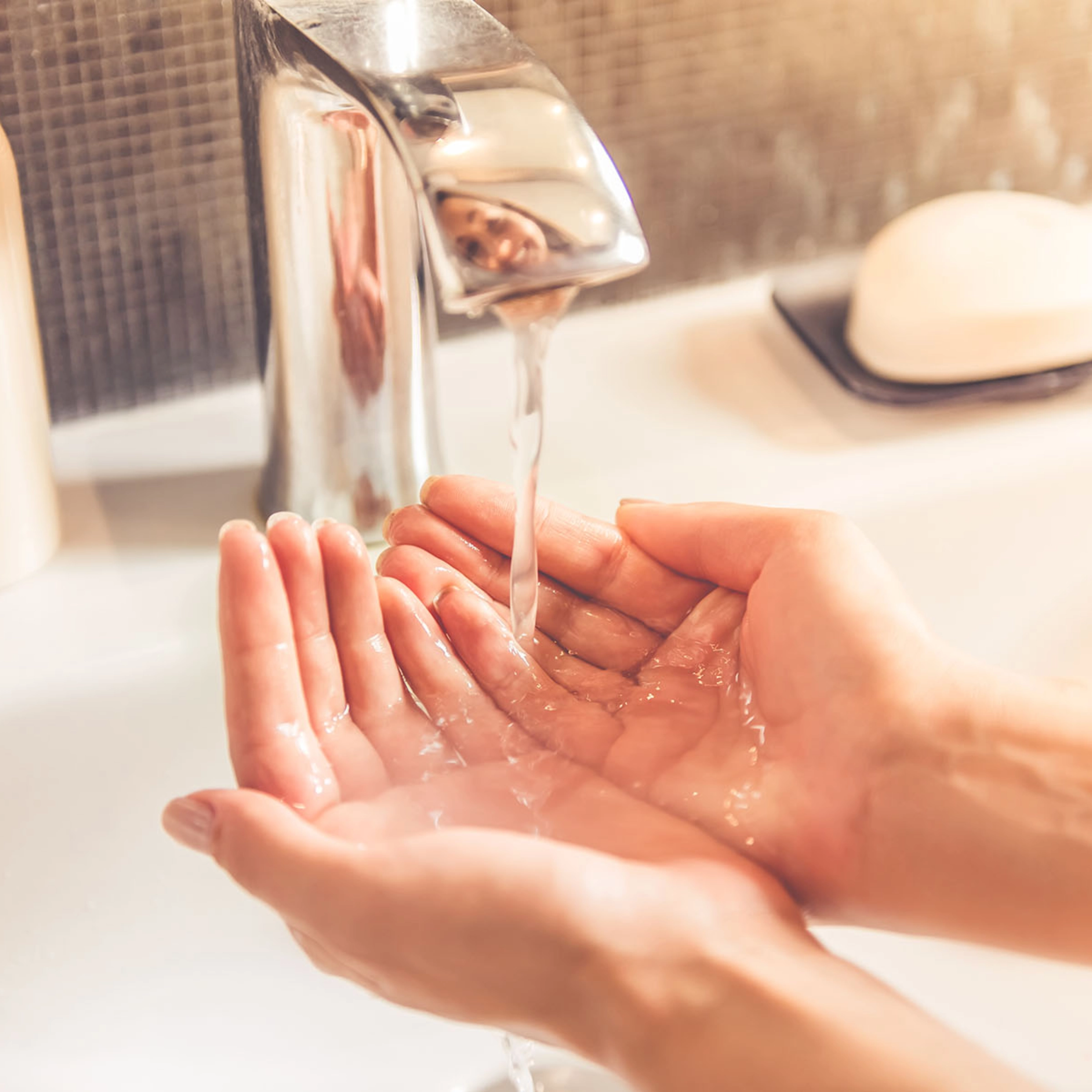
Use of Greywater-systems
A Greywater system is a facility that collects wastewater from showers, bathtubs, sinks or washing machines, treats it, and reuses it for non-potable purposes such as toilet flushing, garden irrigation or cleaning. By reusing Greywater, water consumption in households and businesses can be significantly reduced.
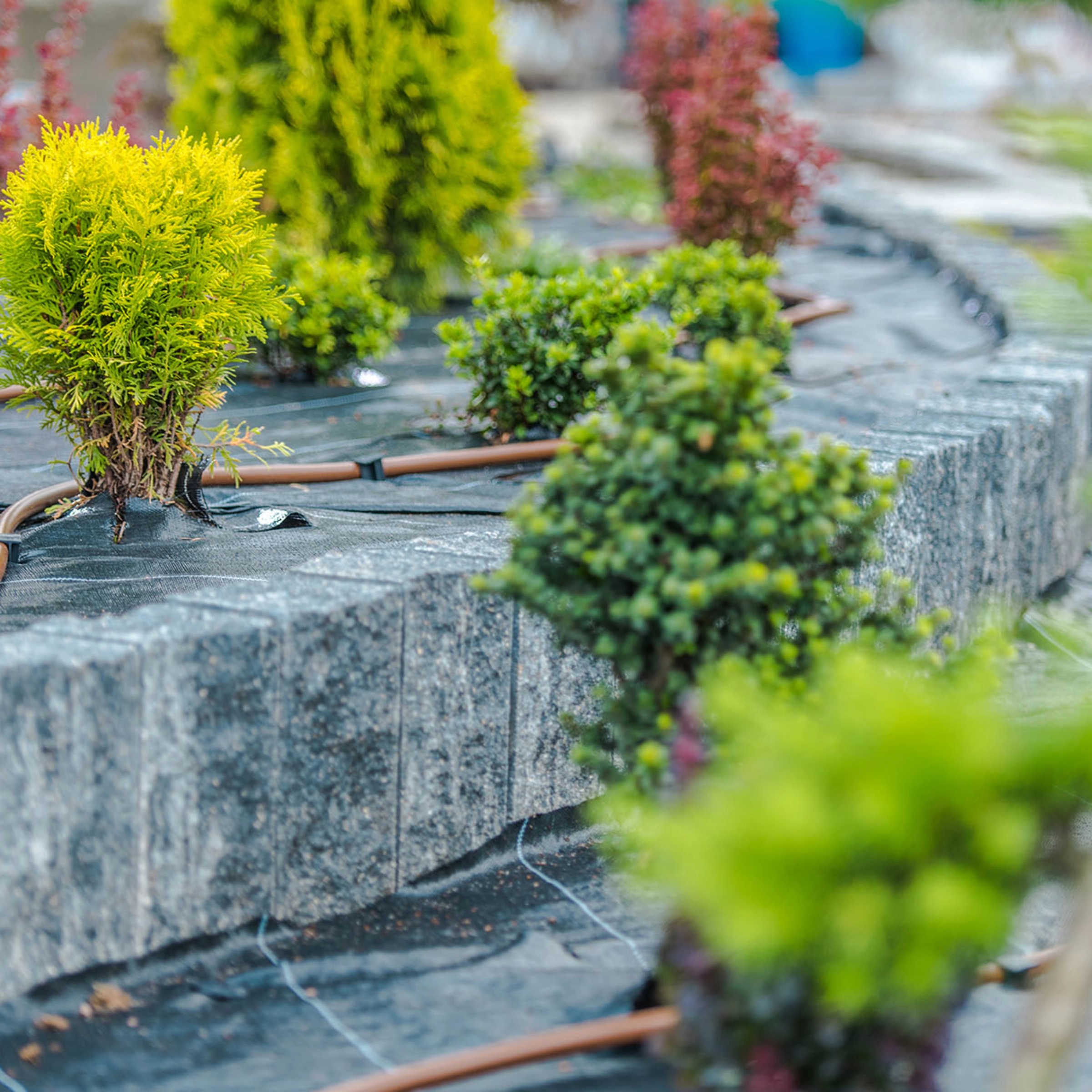
Save water by using energy-efficient devices
Energy-saving appliances can significantly contribute to saving water by operating more efficiently and consuming less water than conventional appliances.
An example: Energy-efficient dishwashers and washing machines save water by using specialized programs and technologies to reduce water usage, such as sensor control that adjusts the water quantity according to the load.
Avoid leakages
By avoiding leaks, you can not only save water but also reduce your water bill and protect the environment. It is important to regularly check and promptly repair leaks to prevent water waste.
Summary
There are several ways to save water in the kitchen and thereby make a contribution to environmental protection. By acting consciously and implementing the measures mentioned, we can all contribute to water conservation, leave future generations an intact environment, and also save money.
The most important tips:
- buying the right groceries
- use of faucet attachments
- use of Greywater systems
- conscious use of water
- resource-efficient cooking
- avoiding leaks
- use of energy-efficient appliances














